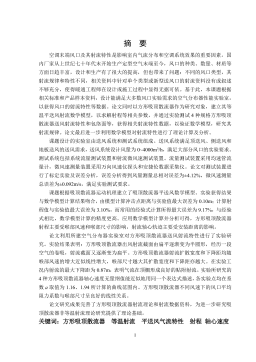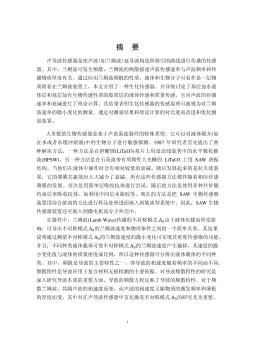博信公司油化产品国内经营战略研究
博信公司油化产品国内经营战略研究摘要广义的“油化产品”是指以棕榈油、牛羊油、椰子油等天然动植物油脂为原料加工生产制得的油脂化学品及其衍生物,本文讨论的“油化产品”主要是指脂肪酸、脂肪胺、季铵盐、甘油等狭义的油脂化学品,其主要以阳离子表面活性剂的形式广泛应用于国民生产生活的方方面面。随着国民经济的快速增长和对油化产品日益增长的市场需求,中国油化行业近几年取得了快速发展。90年代初期,博信公司在国内率先引进欧洲2万吨脂肪酸、脂肪胺技术和设备,开启了中国油化行业发展的新纪元。随后,鉴于中国强大的市场需求潜力,国外许多油化行业巨头在中国陆续投资建厂。到2010年底,国内脂肪酸的产能已经从90年代初的2...
相关推荐
-
10KV电网D-SCADA 系统信息采集与故障诊断研究与设计VIP免费

 2024-10-14 26
2024-10-14 26 -
方形吸顶散流器平送风等温射流特性研究VIP免费

 2025-01-09 7
2025-01-09 7 -
关于充液声导波传感器中频散兰姆波的研究VIP免费

 2025-01-09 10
2025-01-09 10 -
结合梁斜拉桥施工过程中考虑剪力滞影响的分析方法VIP免费

 2025-01-09 6
2025-01-09 6 -
空调房间热舒适性的数值模拟与实验研究VIP免费

 2025-01-09 7
2025-01-09 7 -
汽车前轮线控转向系统研究VIP免费

 2025-01-09 8
2025-01-09 8 -
输入分配型混合动力车辆动力系统控制策略研究VIP免费

 2025-01-09 7
2025-01-09 7 -
双馈风力发电系统的柔性并网控制研VIP免费

 2025-01-09 10
2025-01-09 10 -
污水处理厂污泥好氧堆肥发酵技术的试验研究VIP免费

 2025-01-09 7
2025-01-09 7 -
应用风室试验装置的风机性能VIP免费

 2025-01-09 8
2025-01-09 8
相关内容
-

汽车前轮线控转向系统研究
分类:高等教育资料
时间:2025-01-09
标签:无
格式:PDF
价格:15 积分
-

输入分配型混合动力车辆动力系统控制策略研究
分类:高等教育资料
时间:2025-01-09
标签:无
格式:PDF
价格:15 积分
-

双馈风力发电系统的柔性并网控制研
分类:高等教育资料
时间:2025-01-09
标签:无
格式:PDF
价格:15 积分
-

污水处理厂污泥好氧堆肥发酵技术的试验研究
分类:高等教育资料
时间:2025-01-09
标签:无
格式:PDF
价格:15 积分
-

应用风室试验装置的风机性能
分类:高等教育资料
时间:2025-01-09
标签:无
格式:PDF
价格:15 积分






